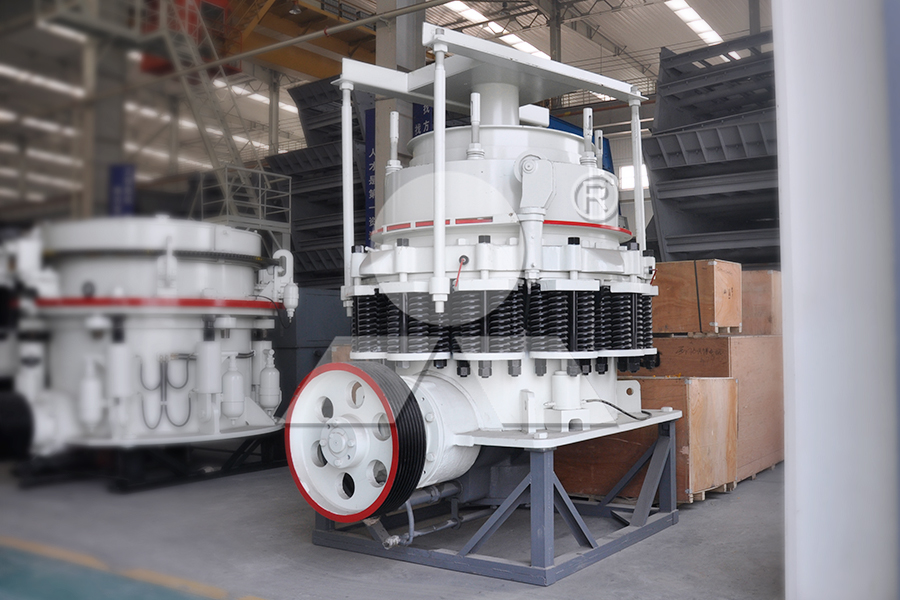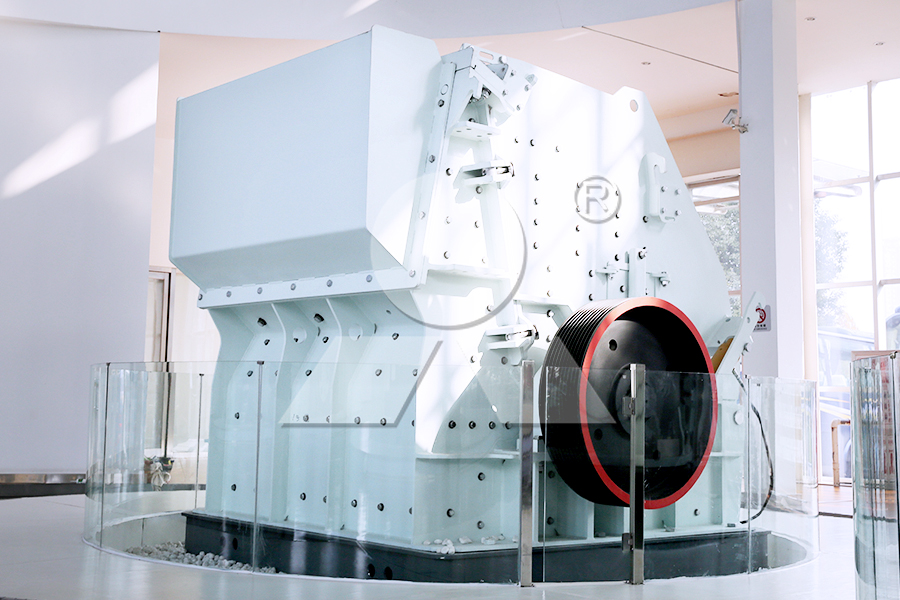

New breakthrough in basalt sand making: efficient technology leads new changes in the sand and gravel industryIn the sand and gravel industry, basalt sand making faces problems such as rapid equipment wear, low output, and poor quali
New breakthrough in basalt sand making: efficient technology leads new changes in the sand and gravel industry
In the sand and gravel industry, basalt sand making faces problems such as rapid equipment wear, low output, and poor quality. Through innovative technology, four-stage crushing, vertical shaft impact crushing and rod mill combined sand production are used to achieve the goals of high efficiency, low consumption and high quality. The actual operation results are remarkable. In the future, we will continue to optimize the process and build a green, low-carbon, and efficient production line.

In the sand and gravel industry, crushing and making sand from hard rocks such as basalt and granite has always been a challenge. Traditional crushing methods often face problems such as rapid equipment wear, low output, and poor sand quality. However, with the advancement of science and technology and innovation of processes, this problem has been successfully overcome and an efficient, low-consumption, and high-quality basalt sand making process has been created.
Basalt sand and gravel aggregate production line
1. The “stumbling blocks” to basalt sand production
Basalt is known for its high compressive strength, toughness and hardness, which makes it difficult for traditional crushing equipment to handle. During the crushing process, the equipment is severely worn and replaced frequently, making it difficult for the output to meet the design requirements. In addition, the aggregate particle shape after crushing basalt is not ideal, with a high content of needles and flakes, and a high fineness modulus, which affects the quality and selling price of sand and gravel.
2. Innovate technology and solve problems
Faced with various difficulties in basalt sand making, the advanced technology of "four-stage crushing, vertical shaft impact crushing and rod mill combined sand making" is adopted. Through reasonable equipment configuration and process design, the goals of high efficiency, low consumption and high quality sand production have been successfully achieved.
1. Equipment selection and configuration: Based on the characteristics of basalt, suitable equipment is selected for crushing and sand making. By optimizing equipment selection, we ensure that the actual processing capacity of the equipment is close to the theoretical output, while reducing equipment wear and replacement frequency.
2. Control of finished aggregate particle shape: In order to improve the problem of poor aggregate particle quality after basalt crushing, measures such as controlling the crushing ratio of medium and fine crushing, continuous feed gradation, realizing packed feeding, and laminated crushing are adopted. At the same time, shaping measures are also adopted to ensure that the particle shape of the finished aggregate meets the specification requirements.
3. Control of sand formation rate, fineness modulus, and stone powder content: In order to solve the problems of low sand formation rate, high fineness modulus, and low stone powder content of basalt sand making, measures have been taken to increase the rotor speed of the vertical shaft impact sand making machine and adjust the process. Material grading and other measures. In addition, a rod mill is used to crush aggregates <5 mm again to adjust the fineness modulus and stone powder content of the finished materials.

3. Running actual measurement results
After actual operation testing, the basalt sand making process has achieved remarkable results. The actual production capacity of the equipment in each crushing workshop has reached the expected target, the needle flake content of the finished aggregates meets the specification requirements, and the finished product rate of the vertical shaft impact crusher machine-made sand and the fineness modulus of the sand have reached the standards of high-quality sand and gravel. .
4. Looking to the future
In the future, we will continue to optimize the basalt sand making process and continuously improve the automation and intelligence level of the equipment. At the same time, we will also pay attention to environmental protection and energy conservation issues, and strive to build a green, low-carbon, and efficient sand and gravel production line. It is believed that in the near future, basalt sand making technology will usher in broader development prospects.
Previous: SMP Crusher
Next: SMP Crusher

New breakthrough in basalt sand making: efficient technology leads new changes in the sand and gravel industryIn the sand and gravel industry, basalt sand making faces problems such as rapid equipment wear, low output, and poor quali
New breakthrough in basalt sand making: efficient technology leads new changes in the sand and gravel industry
In the sand and gravel industry, basalt sand making faces problems such as rapid equipment wear, low output, and poor quality. Through innovative technology, four-stage crushing, vertical shaft impact crushing and rod mill combined sand production are used to achieve the goals of high efficiency, low consumption and high quality. The actual operation results are remarkable. In the future, we will continue to optimize the process and build a green, low-carbon, and efficient production line.

In the sand and gravel industry, crushing and making sand from hard rocks such as basalt and granite has always been a challenge. Traditional crushing methods often face problems such as rapid equipment wear, low output, and poor sand quality. However, with the advancement of science and technology and innovation of processes, this problem has been successfully overcome and an efficient, low-consumption, and high-quality basalt sand making process has been created.
Basalt sand and gravel aggregate production line
1. The “stumbling blocks” to basalt sand production
Basalt is known for its high compressive strength, toughness and hardness, which makes it difficult for traditional crushing equipment to handle. During the crushing process, the equipment is severely worn and replaced frequently, making it difficult for the output to meet the design requirements. In addition, the aggregate particle shape after crushing basalt is not ideal, with a high content of needles and flakes, and a high fineness modulus, which affects the quality and selling price of sand and gravel.
2. Innovate technology and solve problems
Faced with various difficulties in basalt sand making, the advanced technology of "four-stage crushing, vertical shaft impact crushing and rod mill combined sand making" is adopted. Through reasonable equipment configuration and process design, the goals of high efficiency, low consumption and high quality sand production have been successfully achieved.
1. Equipment selection and configuration: Based on the characteristics of basalt, suitable equipment is selected for crushing and sand making. By optimizing equipment selection, we ensure that the actual processing capacity of the equipment is close to the theoretical output, while reducing equipment wear and replacement frequency.
2. Control of finished aggregate particle shape: In order to improve the problem of poor aggregate particle quality after basalt crushing, measures such as controlling the crushing ratio of medium and fine crushing, continuous feed gradation, realizing packed feeding, and laminated crushing are adopted. At the same time, shaping measures are also adopted to ensure that the particle shape of the finished aggregate meets the specification requirements.
3. Control of sand formation rate, fineness modulus, and stone powder content: In order to solve the problems of low sand formation rate, high fineness modulus, and low stone powder content of basalt sand making, measures have been taken to increase the rotor speed of the vertical shaft impact sand making machine and adjust the process. Material grading and other measures. In addition, a rod mill is used to crush aggregates <5 mm again to adjust the fineness modulus and stone powder content of the finished materials.

3. Running actual measurement results
After actual operation testing, the basalt sand making process has achieved remarkable results. The actual production capacity of the equipment in each crushing workshop has reached the expected target, the needle flake content of the finished aggregates meets the specification requirements, and the finished product rate of the vertical shaft impact crusher machine-made sand and the fineness modulus of the sand have reached the standards of high-quality sand and gravel. .
4. Looking to the future
In the future, we will continue to optimize the basalt sand making process and continuously improve the automation and intelligence level of the equipment. At the same time, we will also pay attention to environmental protection and energy conservation issues, and strive to build a green, low-carbon, and efficient sand and gravel production line. It is believed that in the near future, basalt sand making technology will usher in broader development prospects.
Previous: SMP Crusher
Next: SMP Crusher
 Zhejiang Wenzhou Ruian transfers 98 million tons of building stones with a starting price of over 3 billion yuan
Zhejiang Wenzhou Ruian transfers 98 million tons of building stones with a starting price of over 3 billion yuan How to choose a crusher equipment manufacturer
How to choose a crusher equipment manufacturer Zhejiang Jiao Mining Liulishan Mine Tuff Crushing and Sand Making Project
Zhejiang Jiao Mining Liulishan Mine Tuff Crushing and Sand Making Project What are the 10,000 tons per day large stone crushers
What are the 10,000 tons per day large stone crushers How much does it cost to produce a complete set of equipment for gravel production
How much does it cost to produce a complete set of equipment for gravel production Zhejiang Wenzhou Ruian transfers 98 million tons of building stones with a starting price of over 3 billion yuan
Zhejiang Wenzhou Ruian transfers 98 million tons of building stones with a starting price of over 3 billion yuan How to choose a crusher equipment manufacturer
How to choose a crusher equipment manufacturer Zhejiang Jiao Mining Liulishan Mine Tuff Crushing and Sand Making Project
Zhejiang Jiao Mining Liulishan Mine Tuff Crushing and Sand Making Project What are the 10,000 tons per day large stone crushers
What are the 10,000 tons per day large stone crushers How much does it cost to produce a complete set of equipment for gravel production
How much does it cost to produce a complete set of equipment for gravel production